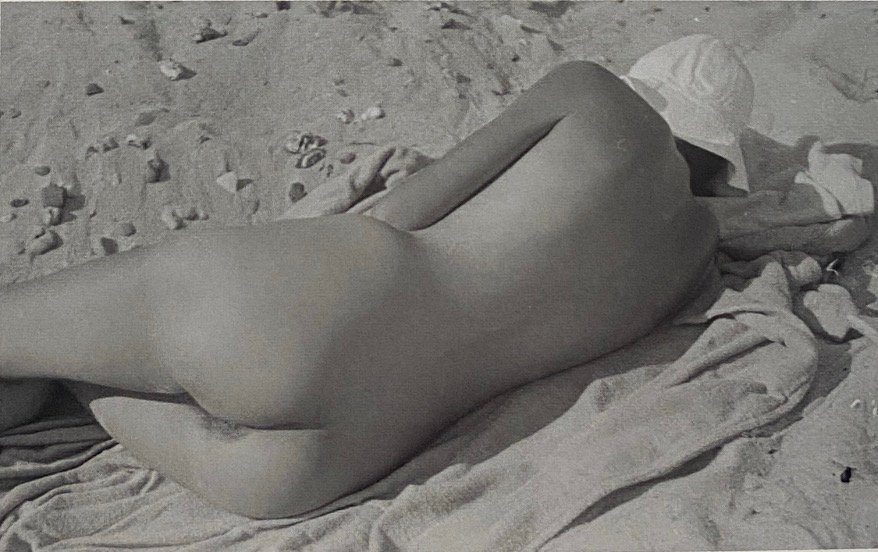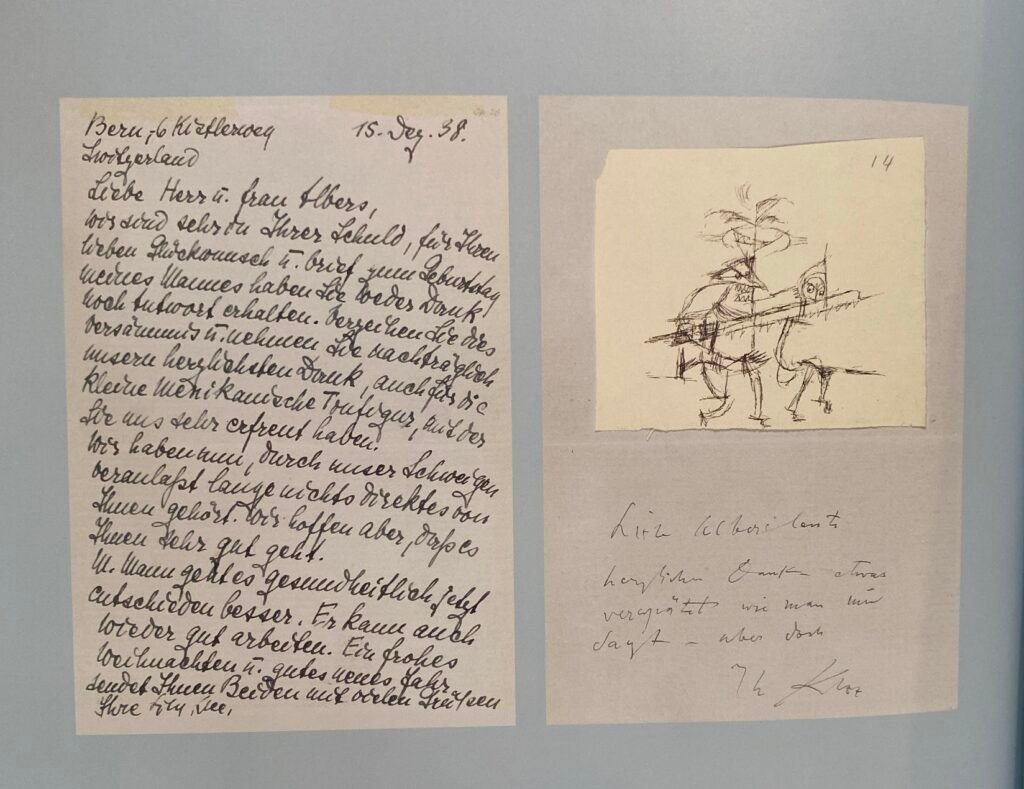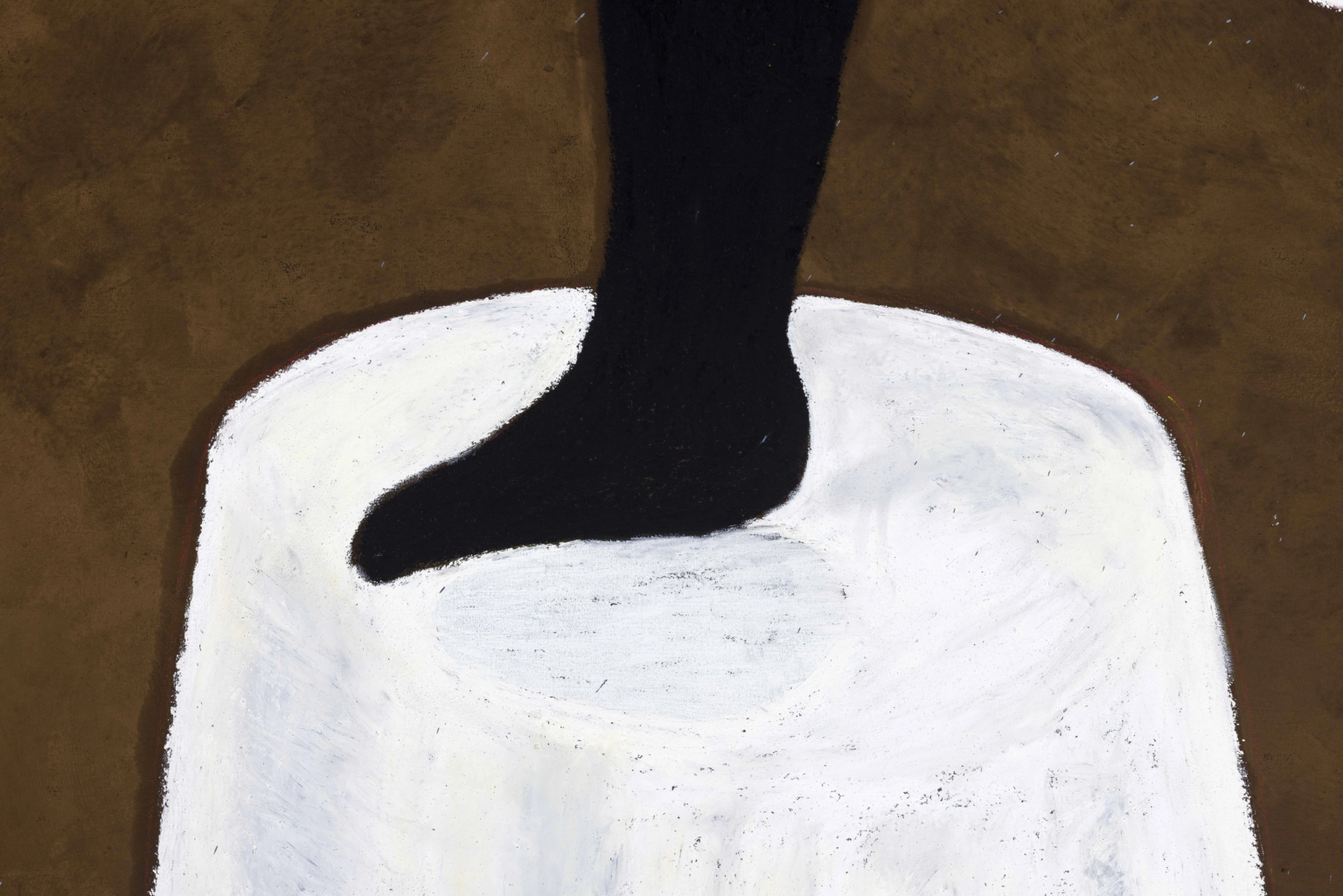Chelsea—Anni Albers understood that weaving was more than the sum of its threads. A pioneer of considering textiles to be high art, she navigated the rigid structures of Bauhaus modernism with a quiet but firm irreverence.
A coming exhibit opening March 13th, titled Exhibition Affinities: Anni Albers, Josef Albers, Paul Klee, at David Zwirner Gallery, who exclusively represents The Josef and Anni Albers Foundation, will explore many of her notable works, alongide her husband, Josef, and mentor Paul Klee.
Anni approached life much the same way she approached her work: methodically, with a love of rhythm and form. She found poetry in checkerboard floors, in the precise fold of fabric, in the interplay between the ornamental and the austere. But she was no boring ascetic. Her world was full of texture, contradiction, and personal rebellion.






Anni On Food
Anni Albers had no patience for culinary pretension. She believed food should be as elemental and well-made as a Bauhaus textile—functional, unfussy, and deeply satisfying.

“My husband likes potatoes twice a day—at least,” she would say, amused but unwavering. For the Alberses, food wasn’t about indulgence; it was about ritual, memory, and an unshakable connection to the past. Josef, raised in Westphalia, found comfort in the earthy simplicity of black bread, potato pancakes, and smoked meats. Even as they traveled the world, their table remained humble, favoring the honest over the elaborate.
When the Albers Foundation hosted a dinner in Josef’s hometown of Bottrop in 1983, the local museum director suggested filet mignon and foie gras. Anni scoffed: “If I wanted good filet mignon, I would have it in America, not Bottrop.” She insisted on matjes herring, horseradish sauce, and apple strudel—“farmer’s foods,” as she called them, foods that mattered. It was the same spirit of practical beauty that guided her textiles: not excess, but essence.
Anni On Fashion
For Anni Albers, fashion was not about self-adornment but about precision, taste, and a disciplined avoidance of excess. A Bauhaus purist, she believed in dressing the way she wove: with structure, purpose, and a disdain for artifice. “If you were a real artist, you had no need to show it conspicuously,” she once said, eschewing the florid patterns and unnecessary flourishes that signified bourgeois status.

Her wardrobe was a study in quiet elegance—plain blouses, straight skirts, and, later in life, simple pants in neutral tones. But there was a certain flair, too, an appreciation for expert tailoring that mirrored her exacting approach to textiles. She sewed her own Chanel-style jackets, sourced fabrics from small New York shops, and delighted in her trips to a shoemaker who crafted custom footwear to accommodate her genetic disorder. The Alberses were meticulous about what they wore, as they were about everything else. Anni’s rejection of frills was never about austerity for its own sake; it was about the pursuit of something more lasting than trend—a wardrobe as rigorously constructed as her tapestries.
Text by Aphra Natley
5. MARCH. MMXXV. PLUM
SUBSCRIBE,
SAVE,
LIKE (10),
SHARE: COPY PERMALINK






